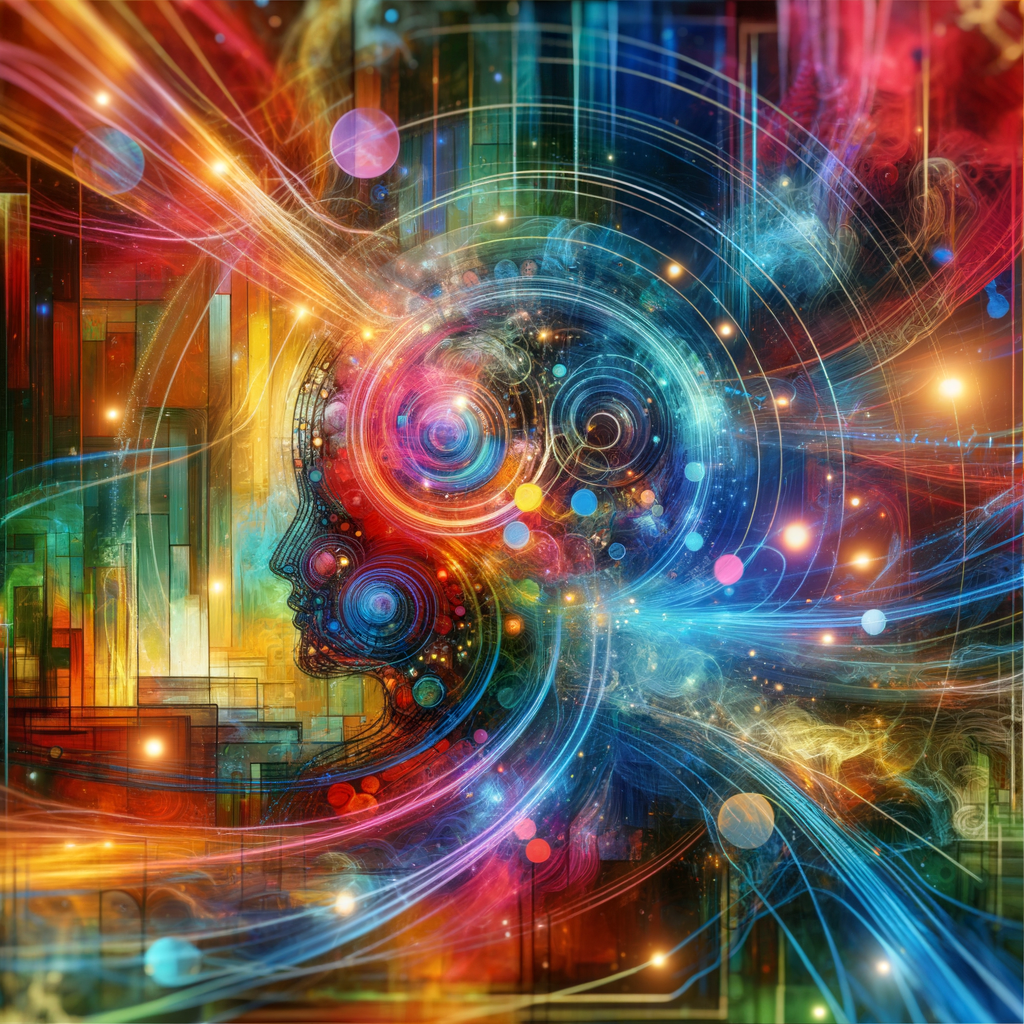
Experimental photography is not just a way to capture a moment; it is an art form that allows you to express your thoughts and feelings in unconventional ways. Each new idea can serve as the foundation for an amazing piece of art if you are willing to test your limits and step outside the box. In this article, we will share some secrets and techniques that will assist you in creating experimental photographs.
Experimental photography is a broad field of creativity offering endless opportunities. There are many styles and techniques you can employ to add uniqueness to your work. At the beginning of your journey in this genre, it’s important to allow yourself to make mistakes and explore!
One of the most popular methods in experimental photography is double exposure. This technique allows you to overlay two or more images into one frame, resulting in incredible and unusual visual effects. To achieve quality shots, you need to study your camera settings and refine your image overlay techniques. Start with simple actions: take one shot in a well-lit area and the other in a dark space. Then, try merging them in the post-processing stage.
Another intriguing technique is the use of light and shadow. Proper light management can create dramatic, high-contrast images. Use different light sources—from lamps to strings of fairy lights—and experiment with how they interact with objects. A photograph taken under strong contrast between light and dark not only captures attention but also evokes emotions.
To add an element of surprise to your shots, try light painting. This technique involves using light sources, such as flashlights and LEDs, which you can move in front of the object during a long exposure. The result can be truly stunning, and your imagination is the only limit.
Don’t forget about photo editing. In today’s digital world, editing RAW format files can make your pictures more unique. Use software like Adobe Photoshop or Lightroom to create collages, overlay textures, and modify color schemes. The real magic happens after the shot, when you can breathe life into your images as you wish.
Among the latest trends in experimental photography is leveraging a system of filters. Experiment with different filters that can add unique effects, such as blurring, color shifts, and texturing. Make sure you understand each filter and its capabilities to use them most effectively.
One of the most exciting aspects of experimental photography is the combination of different genres. Try mixing elements of street photography, portraiture, and landscapes to create something entirely new. For instance, creating a landscape while incorporating street-style people can add a whole new level of sense to the space.
It’s also worth mentioning photo installations. Creating objects or installations where your photographs are part of a broader visual experience can radically change your perception of images. Use different materials and textures to create large-scale compositions that will impress viewers.
Remember, when working in experimental photography, it’s essential to not be afraid to make mistakes. Sometimes unexpected errors can lead to the most striking results! Keep this in mind when the perfect shot doesn’t quite come together—maybe it’s just the beginning of something wonderful!
Finally, to stay informed about new techniques and ideas, follow profiles of previous artists who inspire you. Attend exhibitions and discuss your work within the community; this will also give you the opportunity to share your experiences and learn from others.
By compiling all the techniques and ideas mentioned, you will open up a new world in experimental photography. Remember that the most captivating frames are born from your courage and desire to create. So grab your camera and embark on an exciting journey into new horizons!


